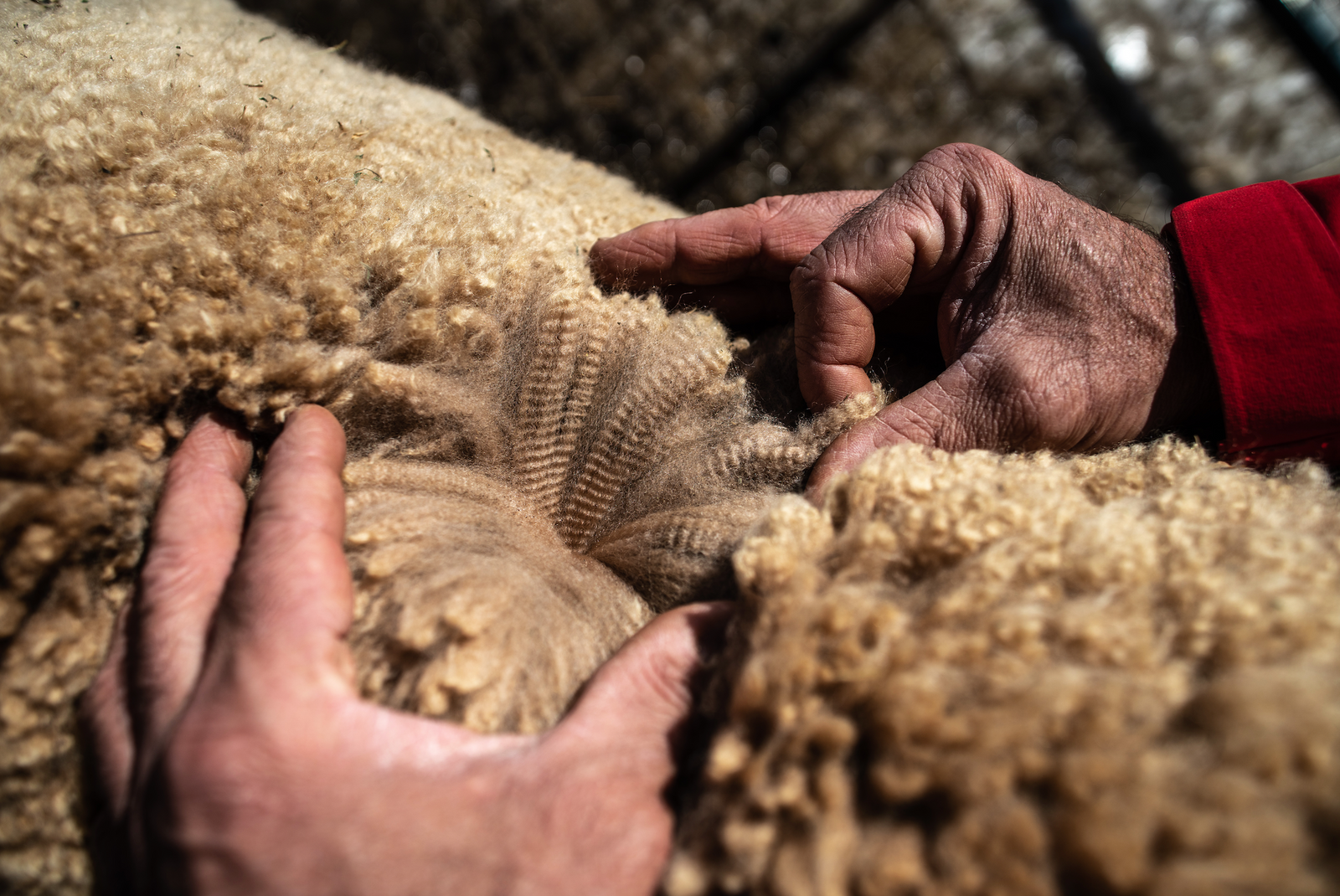Both are from the camelid family, but each serves a different purpose. Llamas are about 300 lbs and are made for packing or guarding livestock. Alpacas are much smaller, between 120-150 lbs and are solely used for their fleece, which is softer than cashmere and twice as warm as wool. We use llamas and Anatolian guard dogs to help protect our alpacas in the pasture from predators. Click Here for a longer explanation
-
-
This is a tough question, because any alpaca fiber sock will be really warm if it's in a properly fitting shoe. We recommend buying your shoes for your socks, but recognize that can be hard to do. Finding a warm sock is about knowing how socks work and the loft that the socks have. It doesn't matter how thick or breathable a sock is, if it is too tight, it won't be nearly as warm or vented as it could be. Think about when a puffy jacket is hanging normally, the puff is loft. If you stuff that jacket into a very tight space, it compacts and the loft is decreased. That space--the loft--is what allows the sock to work its magic and provide warmth. Long story short--the warmest sock is based off of the properly fitting shoe. IF everything fits, our arctic sock is the "warmest" sock that we have, but you have to make sure there's enough room in your shoes for them!
-
There are quite a few reasons that alpacas and alpaca fiber is so expensive. For starters, there are fewer alpacas than sheep and there's a lack of industrial infrastructure. There are only about 350,000 alpacas in the U.S., of which are not all high quality. The alpaca industry estimates there needs to be at least 1 million alpacas in the U.S. to support a full time mill and make it affordable. For perspective, there are 6 million sheep in the U.S. with mills able to process sheep's wool into yarn at around $18 per pound whereas processing alpaca's wool costs around $38 per pound. Additionally is costs about $35 per shearing to shear an alpaca versus $2.00 per shearing for sheep. Mills also need specialty machinery to process alpaca fiber and cannot use sheep wool mills' machinery without making major adjustments.
-
Alpaca fiber lacks barbs, scales and lanolin. Lanolin is traditionally found in sheep’s wool and irritates many wearers upon contact. Learn the other ways Alpaca fleece differs from Sheeps Wool here.
-
There is no perfect material – alpaca is soft, warm, hypoallergenic, wicking. But it does not have a lot of loft (so we use wool for loft), polar fleece is great, but it is not natural / biodegradable, which is why we have alpaca Dry Fusion – blending the best of both worlds. Most of our products are made of 100% alpacas, but not our socks – they need stretch, durability, coloring which synthetics add to improve the socks and make them perform better.

-
Just like you have more than one pair of shoes or several coats, one sock cannot really do everything. Super thin…and super warm…and cool in the Summer…this isn’t really an option. Our hiking socksare the most versatile, middle of the road socks, but not our thickest and not our thinnest.
-
Alpacas are the second newest mammals on Earth. They were bred into existence by breeding a vicuna and a guanaco. Unlike llamas, who are work animals, alpacas were created specifically for their fiber. Check out our about alpacas page!
-
Alpaca fiber is stronger and warmer than sheep's wool and holds a much greater wicking capacity.
"Alpaca fleece is as soft as cashmere, warmer than sheep’s wool, hypo-allergenic and almost completely waterproof."
In a world growing weary of synthetic materials and enthusiastically turning toward eco-friendly choices, alpaca fiber offers an opportunity for consumers to wear soft, warm, durable, natural garments.
-
Nothing is as strong as plastic, which is put into a lot of merino wool products and most of the socks you'd purchase at Costco or Walmart; however, alpaca has twice the tencile strength of wool.
-
Wool has air pockets which gives it a thermal capacity that can absorb up to 50% of its weight. It can sit on the skin without creating any irritations, blisters or odors. Alpaca fiber is a hollow fiber, so it does not absorb moisture, but rather pushes water away from itself and toward the outside of the fiber, which means there is not a saturation point. For example, James can wear his alpaca socks in rubber boots (no ventilation) and sweat in the socks and the outside of the socks will be damp, but his feet will be dry.



